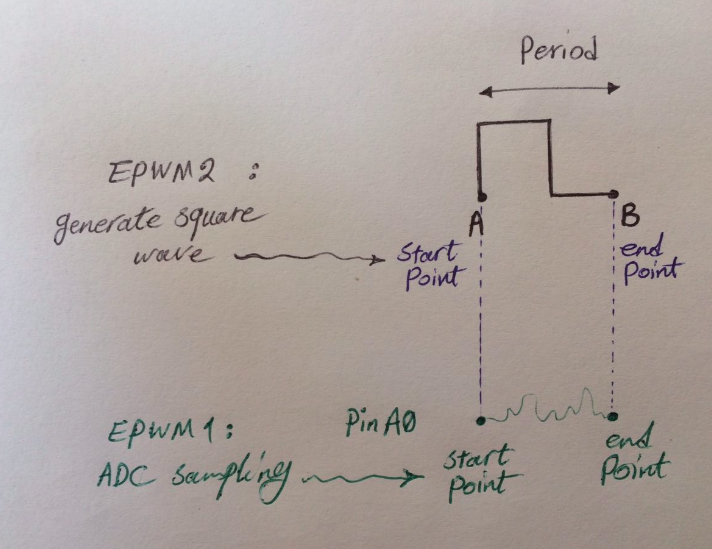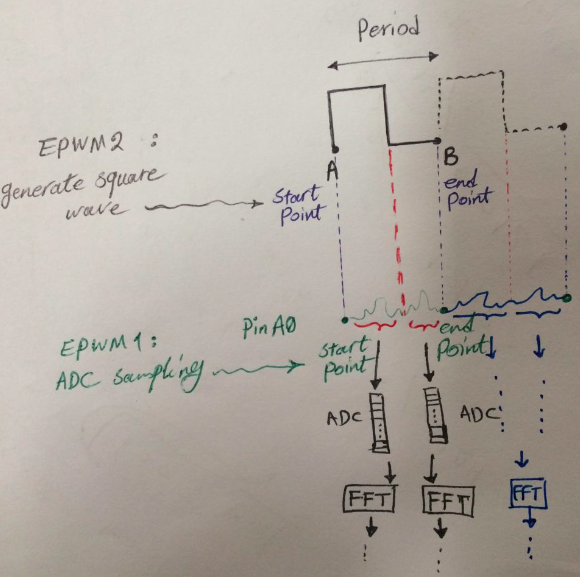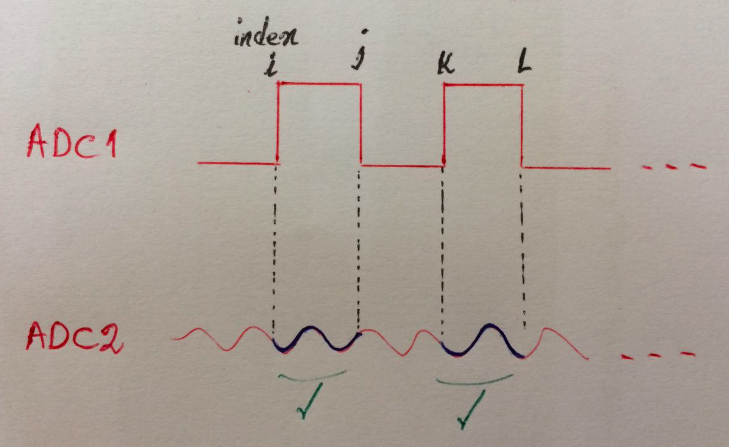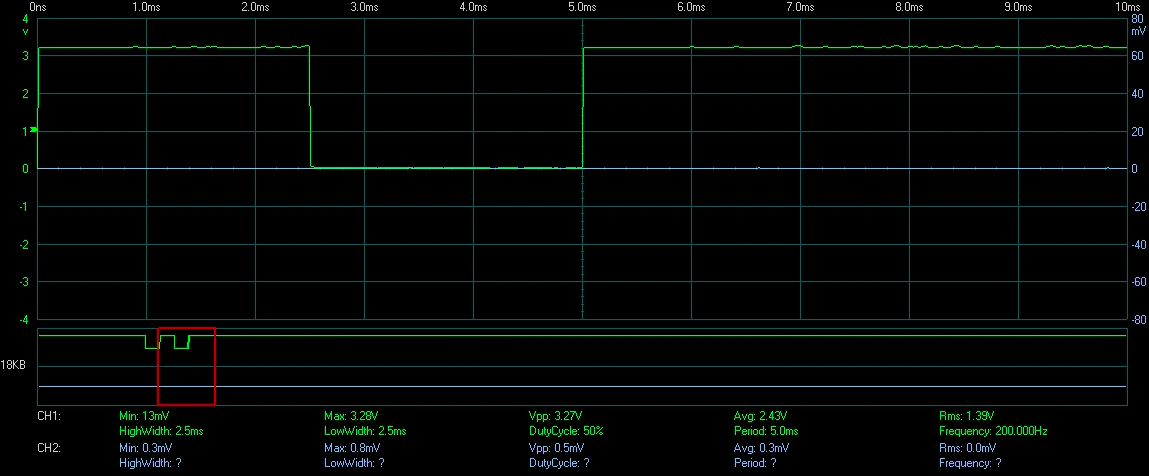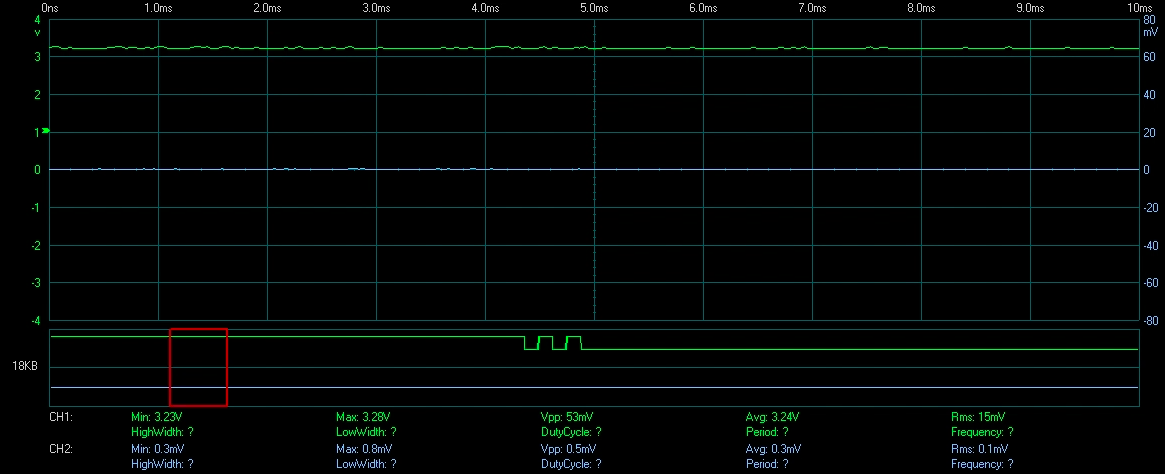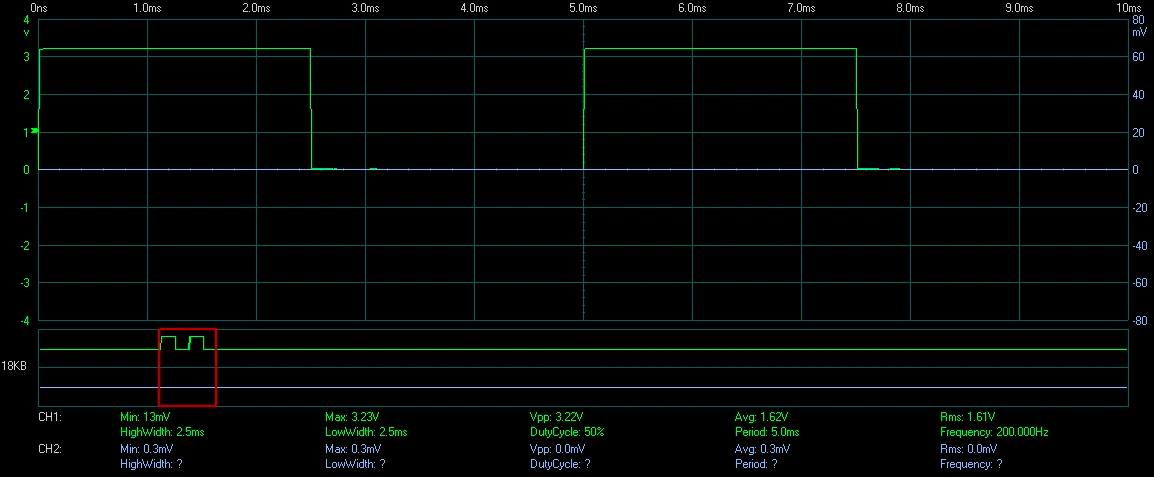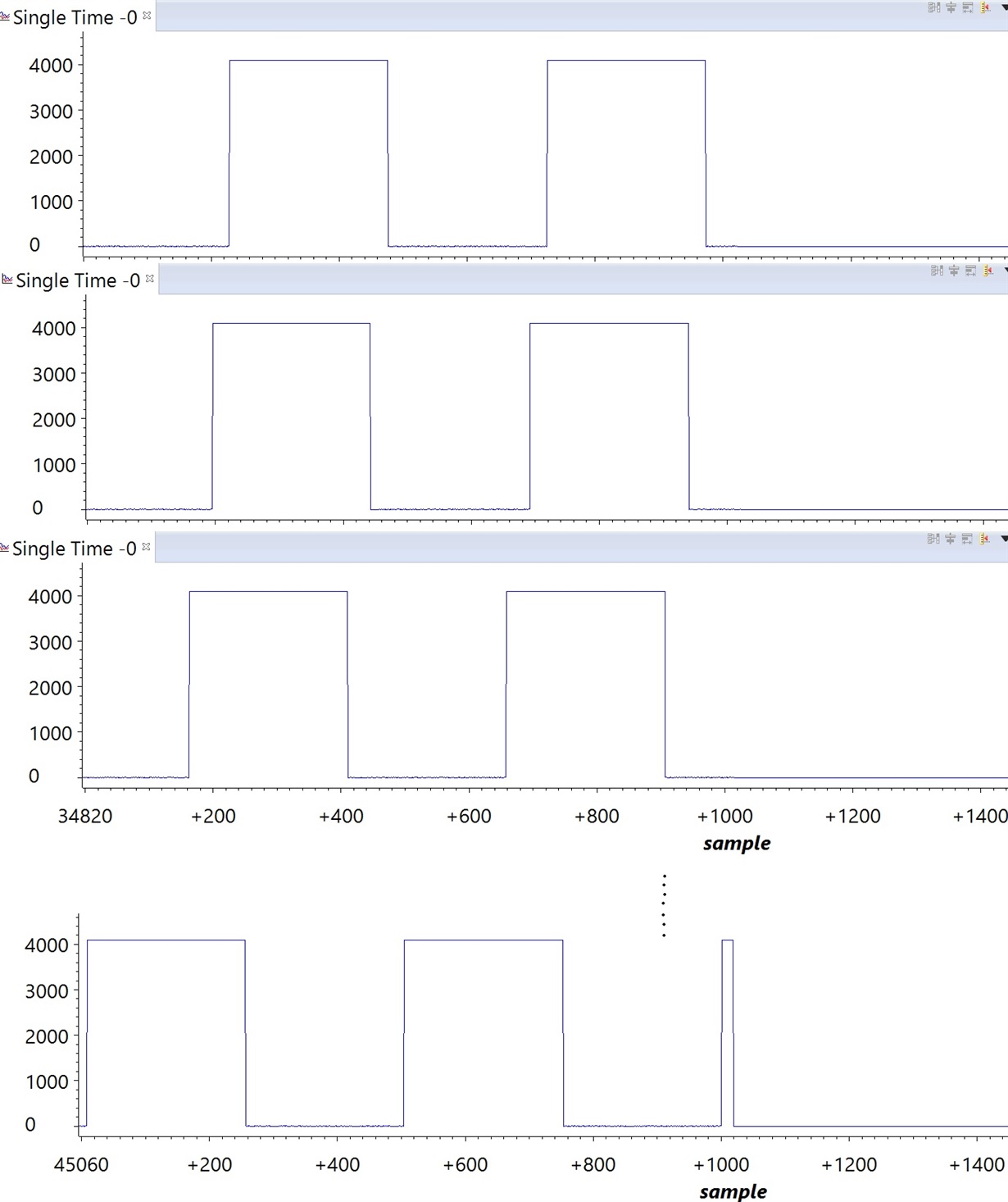Part Number: LAUNCHXL-F28377S
Tool/software: Code Composer Studio
Hi,
I have a question about “2837x_rfft_adc_rt”:
I need to increase my sample rate analog to digital from 100ksps to 500 Ksps,
changing the following parameter in the "example_setup.h" is enough?
#define ADC_SAMPLING_FREQ 100000.0L
or other changes in the project is necessary.
Thank you for your help.
Best regards,
Amin


